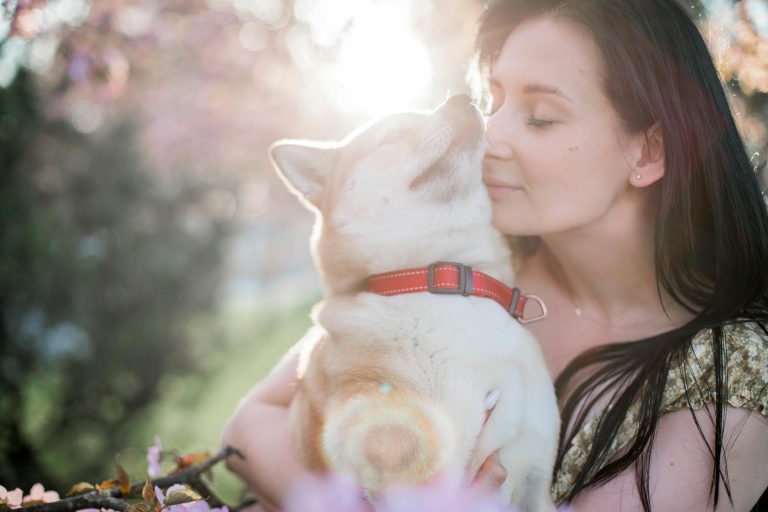Do Dogs Recognize Their Siblings?
If you’ve ever observed a litter of puppies interacting, you might have wondered if they recognize each other beyond mere familiarity. Canine behavior is complex, and understanding whether dogs can recognize their siblings involves delving into various factors, including genetics, socialization, and sensory perception.

Can Dogs Recognize Their Siblings?
Dogs are social animals with a sophisticated understanding of their surroundings. Within a litter, siblings spend crucial developmental stages together, forming strong bonds through shared experiences. While dogs may not recognize their siblings in the same way humans recognize family members, there is evidence to suggest that they can distinguish familiar individuals, including their littermates.
Studies and Research
Researchers have conducted numerous studies to explore the extent of canine recognition abilities. One such study, published in the journal Animal Cognition, found that dogs displayed a preference for familiar scents, including those of their littermates. This suggests that dogs possess the ability to differentiate between familiar and unfamiliar individuals based on scent cues.
Sensory Recognition in Dogs
Dogs rely heavily on their senses, particularly scent, to navigate their environment and interact with other animals. In the context of sibling recognition, dogs may use scent cues to identify familiar individuals. Additionally, visual and auditory cues may also play a role in facilitating recognition, especially in environments where dogs have frequent interactions with their littermates.
Behavioral Observations
Observations of dog behavior have provided insights into their ability to recognize siblings. In some cases, dogs have exhibited distinct behaviors, such as increased playfulness or vocalizations, when reunited with their littermates after a period of separation. While these behaviors may not conclusively prove sibling recognition, they suggest a level of familiarity and comfort in each other’s presence.
Social Structures in Canine Packs
Dogs form intricate social structures within their packs, which may include littermates, parents, and other relatives. These familial bonds are essential for cooperation, communication, and survival. While dogs may not recognize their siblings based solely on genetic relatedness, their social interactions within the pack contribute to the recognition of familiar individuals.
Nature vs. Nurture
The debate over nature versus nurture in canine recognition revolves around the interplay between genetic predispositions and environmental influences. While genetics may predispose dogs to recognize their siblings, early socialization and continued interactions play a crucial role in reinforcing these bonds. Dogs raised together in the same household are more likely to recognize each other as siblings compared to those raised apart.

The Bond Between Siblings
The bond between littermates extends beyond mere recognition—it encompasses emotional connections formed during critical developmental stages. These bonds can have lasting effects on a dog’s behavior, temperament, and socialization skills. While sibling recognition may not be as explicit as human familial bonds, the underlying emotional connection remains significant.
Read More: How Do You Know If a Dog Trusts You?
Implications for Pet Owners
For pet owners, understanding the dynamics of sibling recognition can inform how they interact with their dogs. Encouraging socialization among littermates during the early stages of development can strengthen familial bonds and promote healthy social behavior. Additionally, providing opportunities for continued interaction, such as playdates with littermates, can reinforce these bonds over time.
Conclusion: Do Dogs Recognize Their Siblings?
In conclusion, while dogs may not recognize their siblings in the same way humans do, they possess the ability to distinguish familiar individuals based on scent, visual, and auditory cues. The bond between littermates is shaped by genetic factors, early socialization, and continued interaction, contributing to the recognition of familiar individuals within their social groups.




Leave a comment